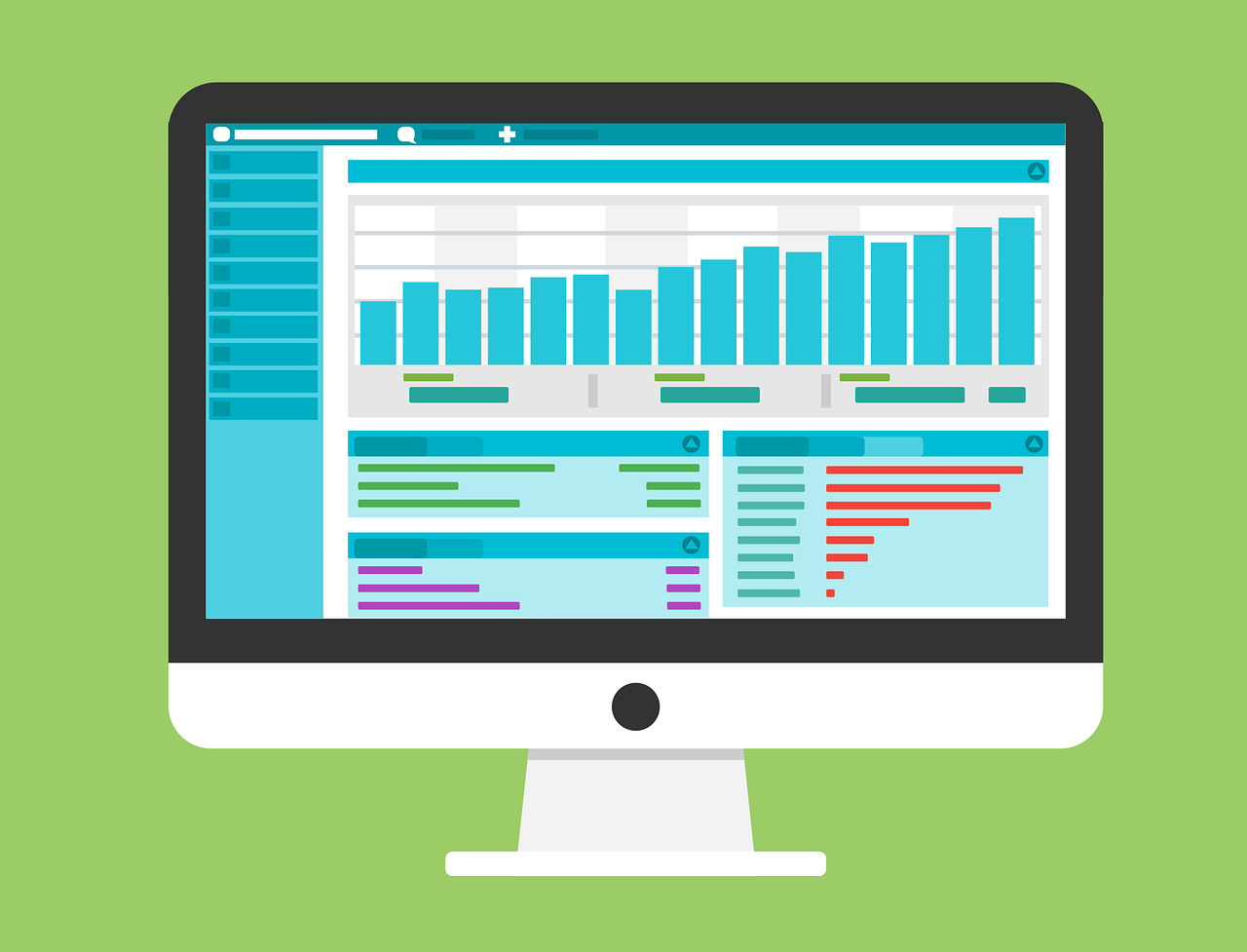Quantitative Market Research

What is Quantitative Market Research?
How to conduct Quantitative Market Research
Quantitative Market Research Methods
Online and Mobile Surveys
As the world is increasingly connected to the internet, Quantitative market research through online and mobile surveys is a powerful tool as they are relatively cost-effective, quick turnaround, and highly customizable.
Computer-Assisted Telephone Interview (CATI).
CATI surveys are conducted with the help of a computer where the interviewer follows a script and all questions and routing are programmed in advance. It is generally more helpful for more complex surveys. It requires a shorter time to administer than some other methods, and data is available for quicker download in a variety of formats.
Paper and Pen Interview (PAPI)
The conventional PAPI survey uses paper and pen to record data, instead of other methods such as telephones or tablets. This reduces the need for technical constraints such as an internet connection or power supply.
Intercepts
This method involves approaching consumers in a facility, event, store, street, or other public environment and conducting surveys on the spot. Intercepting can help better reach certain types of participants and provide benefits in terms of cost and turnaround.
Gang Surveys
A gang survey is a survey session in which a sizeable number of respondents can participate at one time, and is typically conducted at a facility with a moderator. The number of respondents can be sizeable in a single session and can range from 10 to more than 25.
Central Location Test
A Central Location Test (CLT) is a face-to-face survey method where many respondents are invited, with or without prior notice, to some convenient place typically involving a public hall or shopping mall for a face-to-face interview. A large number of people can typically be interviewed in a short time. It can be helpful for short product and/or concept testing studies.
When to use Quantitative Market Research methods.
If your goal is to efficiently gather reactions from a broadly diverse market, it is best to invite a representative sample to participate in a survey. Ideally, the questions will be of enough interest to motivate answering them.
It is also a very useful way to track any changes over time, by asking the same questions and looking for any trends or deviations from one period to the next.
There are several pros, cons, and caveats to consider.
- Over the past several years there has been a steady erosion in the percentage of people who are willing to participate in any research. Concerns about privacy and anonymity have contributed to this slide. Single-digit response rates have replaced norms that were closer to 40-50%. As such, you may not be hearing from most (90% or more) of your market. The use of incentives (e.g. cash, gifts, lotteries) and follow-up reminders may boost response but also add to the expense and timeframe of the project.
(Of note, when any form of reward is offered, there is the chance that some respondents will race through the survey filling in answers without really reading all the questions or choices. A well-constructed survey can“catch” such people and exclude them from the analysis.)
- Large numbers alone may not be enough. Think about this.
- Would you base a national decision on survey feedback from 1,000 people if you presented that survey to 100,000 visitors to your website (that would be a 1% response rate)?
- What if you got just 500 responses, but from a carefully and systematically selected random sample of 1,000 of your customers who were individually invited to participate (i.e. a 50% response)?
- It is not simple to pick the correct answer; as such, professional guidance may be warranted. At times, a hybrid or two-stage approach blending both types of findings may provide the highest comfort level for decision-makers.
- Since all but phone surveys are self-administered, questions should be easily answered without any further explanation. However, while it is good that respondents can control when and where they complete a survey, there is no opportunity to ask for clarification of any question; and some answer choices may be restrictive. Even a telephone interviewer may not know the details behind the questions. The experience of writing unambiguous, well-constructed questions may be sought from a qualified market research company or consultant. Or at the very least, colleagues should be asked to pre-test a questionnaire before it is fielded.
- By its nature, quantitative market research is not very effective for gaining detailed and diverse reactions to a new product or service nor any item that needs to be seen, heard, touched, smelled, or tasted. So while testing a new website interface, snack food, or cologne would not be suitable, investigating tradeoffs among alternative car features, financial services, or medical products would be fine.
- Compared to nearly any form of qualitative research, quantitative market research will enable you to hear from more customers or prospects anywhere in the world at the lowest cost per person. There is no concern about travel, weather, time zones, weekends, or other factors that could impact qualitative research.
Statistical Analysis
In understanding the weight that customers attribute to various product attributes, we use several models. These tools can include Discrete Choice, Conjoint, Gap Analysis, Factor Analysis, Importance Scoring, and Cluster Analysis. These advanced statistical tools are designed to elicit specific insights and provide two major benefits. First, they can elicit unsaid insights about hidden attitudes and behavior. Second, these tools allow our researchers to make statistical projections for strategic decision-making.
Why Do Businesses and Researchers Alike Lean So Heavily on Quantitative Research?
Quantitative research prides itself on its objectivity. Instead of relying on subjective interpretations, Results can be generalized over larger populations – and this broad application makes this methodology a favored method for businesses targeting expansive markets.
Additionally, through statistical analysis, businesses can identify patterns and trends. This predictive nature allows businesses to forecast future outcomes, providing a competitive edge. In fact, quantitative research delivers concrete data, making decision-making processes clearer and more informed.
Some additional advantages of quantitative research are:
• Clarity and Precision: Numbers, percentages, and statistical graphs offer a straightforward interpretation, eliminating ambiguities that might arise in qualitative approaches.
• Cost-Effective Large-Scale Studies: With tools like online surveys and automated data collection methods, quantitative studies allow for large-scale data collection without a dramatic increase in costs.
• Facilitates Comparisons: It produces standardized data, making it easier to compare and contrast results, be it from different time periods or different markets.
• Statistical Analysis: One of the most powerful benefits of quantitative research is the ability to use statistical methods to analyze results. This not only validates the data but also reveals patterns, relationships, and correlations that might not be evident at first glance.
Identifying Market Potential: Through quantitative methodology, businesses can gauge the size of their market, pinpoint target segments, and forecast growth. This knowledge is invaluable for expansion or entry into new markets.
• Optimizing Pricing Strategies: This research provides insights into what consumers are willing to pay for a product or service, facilitating the formulation of competitive and profitable pricing strategies.
• Product Development and Innovation: Research can shed light on consumer needs and preferences, directing businesses toward product improvements or entirely new offerings that resonate with the market.
• Risk Management: By analyzing data trends and patterns, quantitative research can alert businesses to potential market shifts or emerging risks, enabling them to be proactive rather than reactive.
• Benchmarking and Competitive Analysis: This kind of research offers a means to compare a company’s performance against competitors and industry benchmarks, highlighting areas of strength and opportunities for improvement.
Case Study
Coca-Cola and the “New Coke”
In the 1980s, Coca-Cola, facing stiff competition from Pepsi, reformulated its iconic drink. But, before launching the new formula, they conducted extensive quantitative research to gauge consumer preference.
Coca-Cola carried out blind taste tests. Participants were asked to taste different cola formulas without knowing the brand, and then indicate their preferences. The results were clear: A significant majority preferred the taste of the new formula over both the original Coca-Cola and Pepsi. Armed with this quantitative data, Coca-Cola confidently launched the “New Coke.”
Challenges of Quantitative Research
While quantitative research serves as an indispensable tool for modern businesses, it’s actually challenging to conduct quantitative analyses. Thus, recognizing these challenges is crucial to maximizing its potential and navigating its complexities:
• Data Quality: The validity of results is fundamentally tied to the quality of data collected. Biased, outdated, or poorly sourced data can skew findings and lead to misguided decisions.
• Complexity in Analysis: Quantitative data often deals with massive datasets. Analyzing such vast amounts of data demands sophisticated tools and skilled personnel, which might be beyond the reach of smaller businesses.
• Cost Implications: Conducting high-quality quantitative research, especially on a large scale, can be expensive. From tools and technologies to the hiring of experts, the costs can quickly mount up.
• Time-Consuming: Comprehensive quantitative reports are time-consuming. From data collection to analysis and interpretation, it requires significant time investment, which can delay decision-making.
• Over-reliance on Numbers: While numbers don’t lie, they also don’t tell the whole story. Businesses may overlook crucial qualitative insights if they focus solely on quantitative reports.
• Rapidly Changing Variables: In fast-evolving markets, by the time research is completed, the landscape might have shifted, rendering some findings obsolete.
• Interpretation Dilemmas: Raw data from quantitative research can often be open to multiple interpretations. Arriving at the right conclusions demands not just analytical skills but also industry acumen and experience.
Future Outlook of Quantitative Research
The future of quantitative studies seems promising. It has always been a key tool for researchers and is expected to play a key role in the future too. Here’s a closer look at the emerging horizons:
• Integration with AI and Machine Learning: With advancements in technology, quantitative research is expected to be deeply integrated with AI and machine learning. These technologies will allow for swifter analysis of vast datasets, drawing out patterns and insights that might have previously been overlooked.
• Real-time Data Analysis: As businesses continue to digitize, the capability to conduct real-time data analysis will become more prevalent. This will facilitate more agile decision-making, allowing businesses to adapt on the fly.
• Enhanced Predictive Capabilities: With improved algorithms and computational capabilities, quantitative methods will be instrumental in predictive analysis. Businesses can anticipate market shifts, customer preferences, and even potential challenges with increasing accuracy.
• Interdisciplinary Integration: The future will witness a more holistic approach to quantitative research where it merges with qualitative methods, ensuring a more rounded, comprehensive insight.
• Increased Accessibility: With more user-friendly tools and platforms, even smaller businesses will be able to harness the power of quantitative approaches, leveling the playing field against larger competitors.
• Cloud-based Analysis: As the volume of data businesses deal with continues to grow, cloud-based solutions for quantitative research will become more common, providing scalability and flexibility.
Is Quantitative Market Research for you?
- Can you clearly define your objectives?
- Do you know what information you need to address your objectives?
- Can answers to a survey provide that knowledge or insight?
- Do you have a plan for what specific actions will be taken based on the findings?
- Do you have adequate resources (money, time, and people)?


